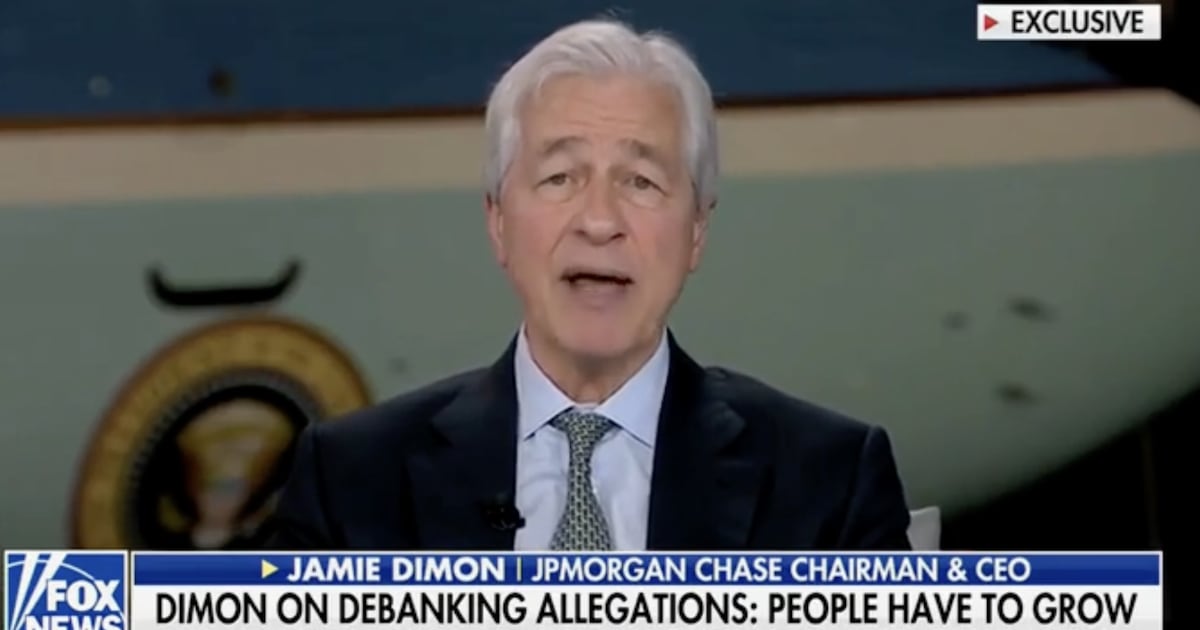TAKE AWAY: ". . .Past shenanigans with the debt limit have had lasting political ramifications. This history may be one reason that Treasury Secretary Janet Yellen is reluctant to circumvent today’s congressional limit on U.S. aggregate debt by resorting to a gimmick."
The Cautionary History of Debt-Limit Gimmicks

About the authors:
George J. Hall is a professor in the department of economics and the International Business School at Brandeis University.
Thomas J. Sargent is a senior fellow at the Hoover Institution, professor of economics at New York University and a 2011 Nobel laureate in economics.
"The U.S. Congress began imposing debt limits in 1776. When the Continental Congress authorized its very first loan from France, it instructed U.S. commissioners to borrow a “sum not exceeding two million sterling.” Congress continued to permit the Treasury to borrow only up to bond-by-bond specific limits until 1917. Prior to then, U.S. Treasury secretaries actually operated under multiple debt limits, authorized bond by authorized bond. The single, aggregate debt limit we’re more familiar with today was first adopted by the U.S. in 1939.
The multiple debt limits of that earlier era occasionally constrained the actions of presidents and their Treasury secretaries. Presidents at times tried to circumvent the limits, and usually suffered consequences for subverting congressional intent. One such episode provides a cautionary tale for advocates of various gimmicks to confront the current debt-limit crisis, such as minting a $1 trillion platinum coin. But first, it’s important to understand how Congress authorized spending and managed U.S. Treasury debts before World War I, and how those multiple debt limits worked.
From 1776 to 1917, whenever Congress authorized a secretary of the Treasury to spend, it gave the secretary detailed bond-by-bond instructions about how to fund newly authorized spending. Laws raised particular taxes and authorized the Treasury to issue new securities. A congressional committee designed each new security. Congress specified the coupon rate, the term to maturity, possible tax exemptions and call features, and whether principal and coupons would be paid in gold, silver, or paper currency. Congress also specified particular purposes for which the proceeds of a bond sale could be spent.
Congress usually specified the maximum amount of a security that could be issued; after a security had been redeemed, it could not be reissued. Occasionally during wars, Congress allowed the Treasury to roll over its short-term debt but placed limits on quantities of short-term notes outstanding. Longstanding misgivings about fiat currencies caused Congress to keep a tight rein on the Treasury’s authority to create short-term money-like liabilities.
After Congress had issued particular securities to finance unusual expenditure surges associated mostly with wars, subsequent Congresses and Treasury secretaries faced “debt echoes” that required them to refinance large principal payments that came due at a few discrete dates. That confronted those future Congresses and Treasury secretaries with liquidity and rollover risks. It usually was not feasible to repay all maturing obligations as they came due out of tax revenue, so Congress had to pass new legislation in order to design and issue new securities to redeem maturing debts.
With the Second Liberty Bond Act of 1917, Congress began allowing the Treasury to issue securities not tied to specific projects. By 1939, Congress had delegated nearly all decisions about security design and debt management to the Treasury. Since then, Congress has confined itself to limiting the aggregate quantity of debt outstanding. Congress’ decoupling of debt issuance and spending coincided with the transformation of the market for U.S. Treasuries into the most important and liquid market in the world.
Despite the tighter, more micromanaged congressional controls before 1917, debt-limit crises did occur. One such crisis had long-lasting political consequences. In the 1890s, the U.S. Treasury backed the dollar with gold. The U.S. Treasury kept in its vaults at least $100 million in gold reserves. Backing the dollar with gold anchored the price level. But important political constituencies wanted to engineer inflation by cutting the link to gold and instead backing the dollar with silver, a cheaper metal.
In 1895, a run reduced the Treasury’s gold reserves to $45 million and threatened to push the U.S. off gold. The Cleveland administration sought congressional authority to issue new bonds to buy gold in order to defend the dollar, but proponents of silver in Congress blocked authorization.
Banker J.P. Morgan saw President Grover Cleveland at the White House and pointed out to him and the attorney general that laws passed in 1862, 1870, and 1875 had granted the Treasury the authority to issue bonds, though at higher coupon rates than the current market rate. Morgan urged the president to issue and sell such bonds for gold, and to employ Morgan to organize a syndicate to underwrite them. The president agreed, and his administration issued high-coupon U.S. bonds that Morgan and other members of the underwriting syndicate quickly resold for substantially higher prices.
That special-purpose financing staved off the run on U.S. Treasury gold reserves but created a political firestorm. The 1896 Democratic presidential nominee, William Jennings Bryan, ran on leaving the gold standard. Bryan lost the election. When Congress passed the Gold Standard Act, the gold versus silver debate was put to rest, at least until 1933, when diehard Bryanites brought it back to life and convinced President Franklin D. Roosevelt to “do something for silver.”
In other words, past shenanigans with the debt limit have had lasting political ramifications. This history may be one reason that Treasury Secretary Janet Yellen is reluctant to circumvent today’s congressional limit on U.S. aggregate debt by resorting to a gimmick."
Guest commentaries like this one are written by authors outside the Barron’s and MarketWatch newsroom. They reflect the perspective and opinions of the authors. Submit commentary proposals and other feedback to ideas@barrons.com.


No comments:
Post a Comment